Did you know that a serving of bell peppers contains more vitamin C than an orange? Chilis and bell peppers are also an excellent source of vitamin E and antioxidants. Although they are very rich in nutrients at all stages of their development, they contain even more vitamins and minerals when mature.
No wonder they are essential, in the vegetable garden as well as in the kitchen. Here are some zesty facts about peppers and chilis.
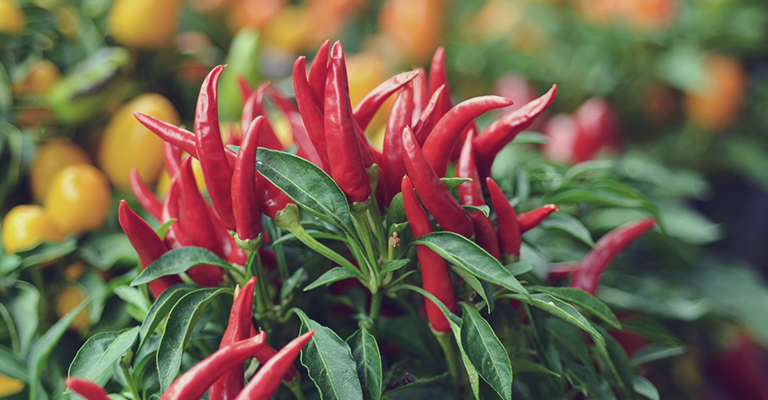
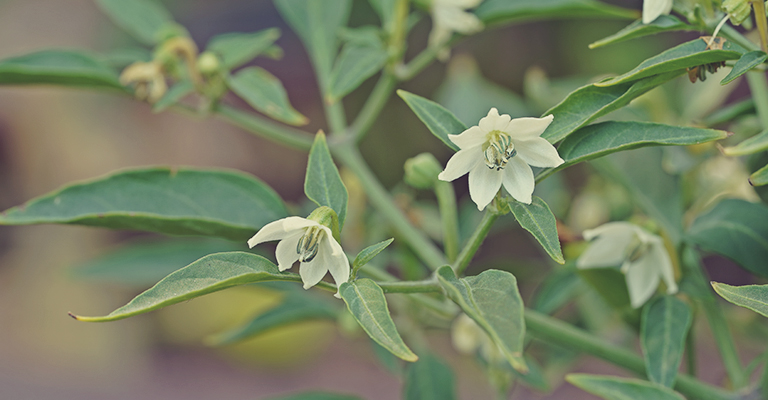
To think that we thought this question only arose for tomatoes! In the botanical sense of the term, the pepper is also a fruit, just like eggplants, olives, avocados, cucumbers and zucchinis. The reason is simple: it comes from the fertilization of a flower and contains seeds. In the culinary sense, however, we consume it as a vegetable. That explains this confusion!
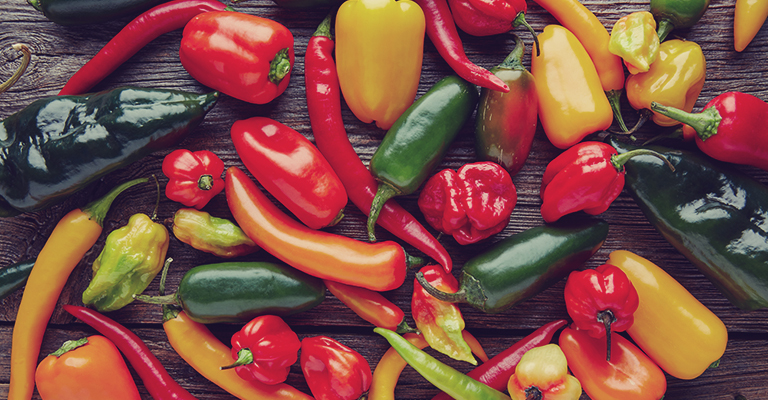
Hot peppers and sweet peppers, regardless of colour, are all part of the same species, called “capsicum”.
The diversity of colours goes far beyond what you find on supermarket shelves. In addition to green, red, yellow and orange, there are ivory, pink, purple and chocolate varieties. Some are even two-toned. They also come in several shapes: square or cubic (this is the most common pepper), long, semi-long, or in mini format, cherry, bull's horn...
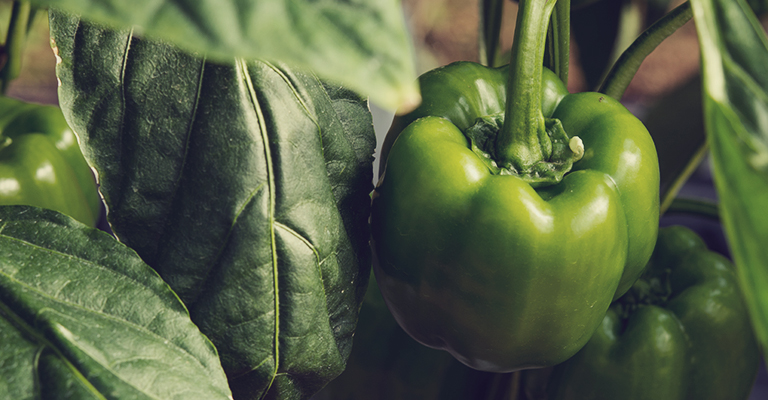
Green peppers are simply fruits that have not yet ripened. Thus, a red pepper and a green one can be of the same variety, but at different stages of maturity. The same is true for hot peppers.
Chilis and peppers are eaten at any stage of maturity, from the moment they have reached their size. Their flavour will obviously be different and they can be used differently in the kitchen. Coloured peppers will taste sweeter and be easier to digest, while green peppers will have a tarter flavour. On the chili side, the green will not be as hot as a fire engine red, but will still be very spicy!
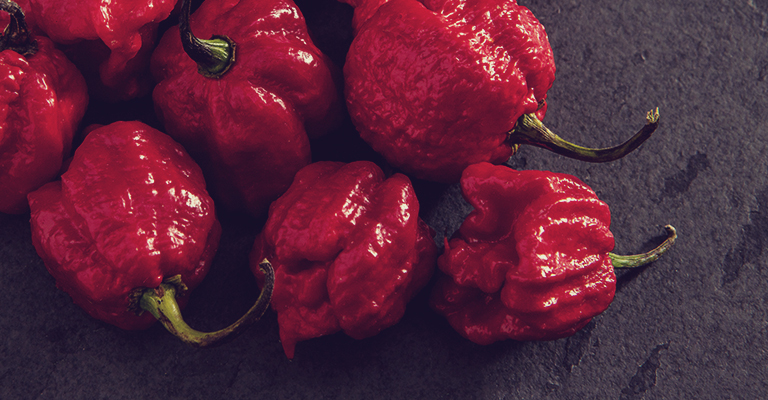
According to the Guinness Book of Records, the Carolina Reaper pepper currently holds the title of hottest pepper with a very hot score on the Scoville scale of 1,400,000-2,200,000.
Measuring just 2 inches, this small, slightly stunted, bell-shaped pepper was developed in South Carolina by Ed Currie. It is not only not recommended to eat it raw, but also to handle it with bare hands. Its creator nevertheless wishes to mention that his pepper remains very tasty and even… sweet!
As a general rule, the smaller a pepper, the hotter it is, but that's not always true. Moreover, the same pepper will be stronger when dried than it was fresh. To slightly complicate things, also know that the same pepper can have two different names depending on whether it is fresh or dried. This is the case of the poblano pepper, which will be found under the name “ancho” once dried.
The Scoville scale, developed in 1912 by the pharmacist who gave it its name, allows you to put a number (to say the least) on this famous sensation of heat or burning felt when tasting a pepper.
It is to the chemical capsaicin that we owe the spiciness of the pepper. The more a fruit contains, the more pungent it will be. Thus, the sweet pepper has an index of 0, while the most pungent can display an index of 1,500,000 Scoville units and even more.
Here is a small overview of what this scale indicates.
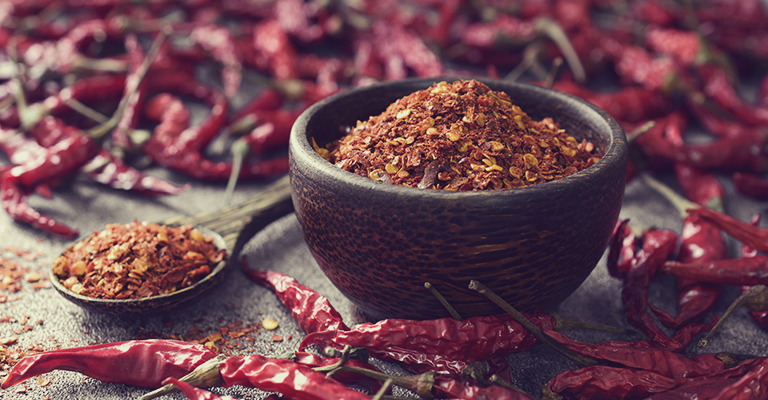
Milk is the best option since it dissolves the chemical capsaicin. Water rather has the effect of spreading it, while carbonated or alcoholic drinks increase the sensitivity of the tongue.
It is also recommended to be careful (or to wear gloves) when handling hot peppers since some cause severe reactions from a single contact with the skin. Obviously, avoid touching your face and eyes. In case of burns, wash your hands with milk or yogurt!
Chilis and peppers are easy to grow in the vegetable patch or in pots in the garden. Even better, they grow year-round in the house where they can live and produce for years if given favourable conditions, which are easy to meet.
Have you decided to start growing chilis and peppers? Read our article 7 Tips for growing your chilis and peppers in containers.
Subscribe to our newsletter to receive our gardening tips, news and more directly in your inbox! Fill in the form below. Please note that fields with an * are required.